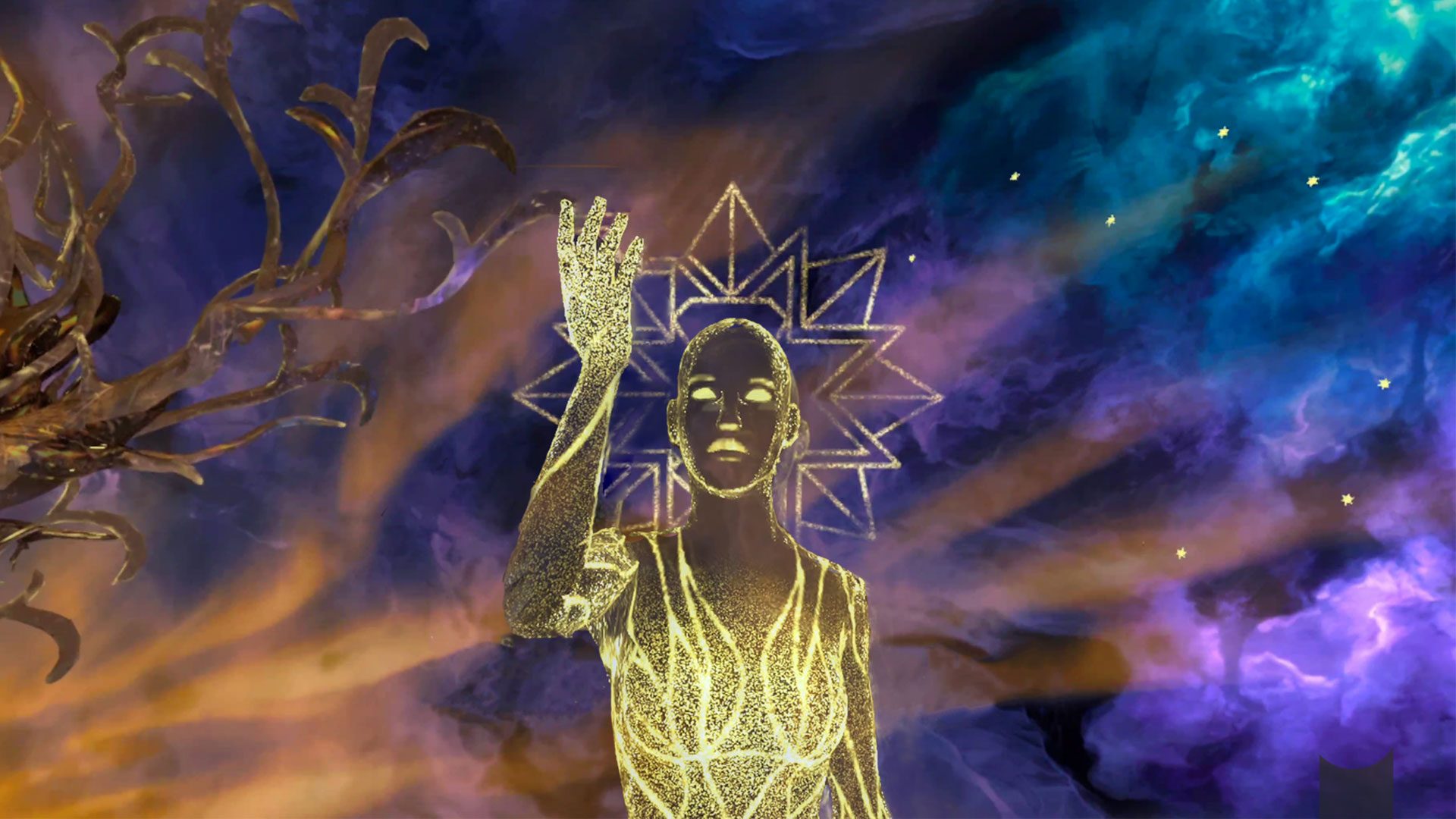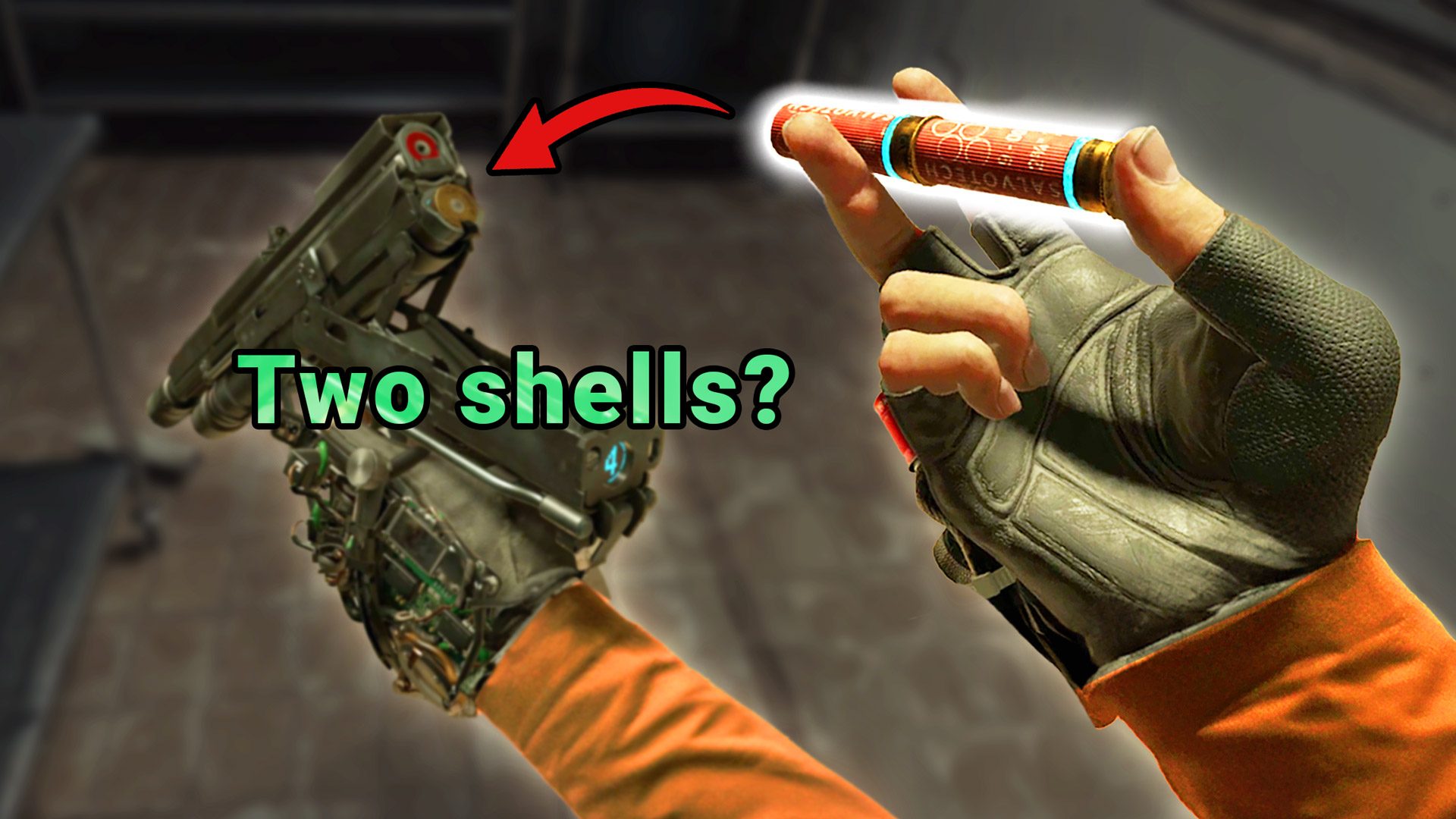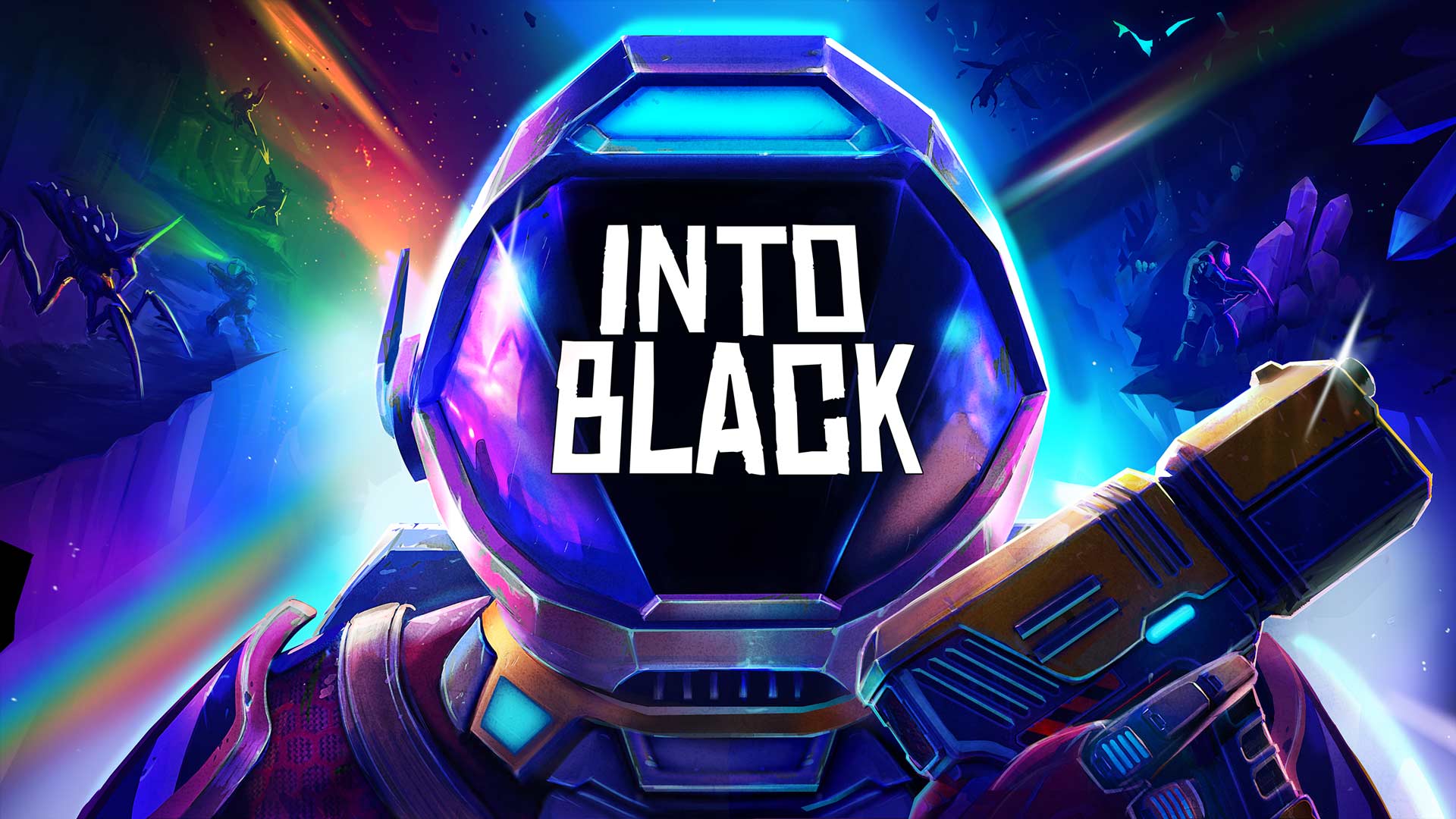In the realm of virtual reality (VR) gaming, Half-Life: Alyx stands out as a groundbreaking title, often celebrated for delivering an immersive experience that few games manage to achieve. While many commend its graphics and story, there’s more beneath the surface that contributes to its reputation. Today, we’ll explore the intricacies of its design that keep players coming back for more, even five years post-release.
Half-Life: Alyx doesn’t just shine for its major components like puzzles and plot. Its real magic lies in the subtleties that enhance immersion. Let’s dive into some lesser-known gems of this VR masterpiece, starting with its clever use of physics.
### Handling Objects with Precision
In VR, simulating object weight can be tricky; heavier items tend to be harder to throw accurately due to inertia. Alyx tackles this challenge ingeniously. While many games make players struggle with this mechanic, Alyx tweaks the formula a bit. The game ignores inertia sway during throwing, so tossing an object becomes a seamless gesture, combining realism with playability.
Such meticulous attention to detail is what makes the game feel intuitive and smooth, even if players don’t consciously realize it.
### The Sound of Immersion
Sound design in Alyx is second to none. Nearly every object has its own unique audio signature when interacted with. In VR, where you can pick up nearly any item, this level of detail is vital. Imagine picking up a box of matches and hearing the sound you expect in real life—that’s the kind of immersive detail that draws players deeper into the world of Alyx.
Crafting such an extensive sound library for various objects demands immense creativity and effort from the sound design team, yet it significantly enhances the player’s sensory experience.
### The Magic of Gravity Gloves
The game’s Gravity Gloves are a stellar innovation, allowing players to grasp distant objects with ease. But why are they so effective compared to similar features in other VR games? It boils down to an extra level of interaction. After targeting an object, players confirm their choice with a specific gesture, ensuring both the player and the game understand what is selected before anything is pulled.
This design choice enhances reliability, aided by distinct audio cues that guide the player through each step, making the interaction feel both engaging and intuitive.
### Unconventional Armor
Ever thought a traffic cone or a cooking pot could serve as a helmet? In Alyx, they can. These items, when placed on your head, can protect against in-game threats like barnacles. It’s a delightful discovery for players, likely inspired by observing player behavior during testing.
Gas masks in the game aren’t just cosmetic either—they shield you from harmful spores, allowing you to use both hands freely rather than cover your mouth. The game leaves these protective behaviors to be discovered naturally, adding another layer of enjoyment and realism.
### Viewing the Action
For those watching others play Alyx, Valve includes a spectator mode with a comprehensive interface showing valuable player data like health and equipment. This feature enhances the viewing experience by mirroring the player’s game status on an external display, complete with camera stabilization options for smoother streaming.
### Leading the Way with Design
Alyx’s level design features clever visual cues to guide players’ attention seamlessly. For instance, magazines show their ammo count through lights that adjust in brightness based on fullness, helping players quickly assess their usefulness. Rather than overt highlights that can break immersion, these subtle indicators maintain a realistic game atmosphere while keeping players informed.
### Conclusion
Half-Life: Alyx exemplifies how thoughtful design choices can elevate a gaming experience. Its attention to detail, from object physics to sound design and interface options, sets a precedent in the VR landscape. Whether it’s through intuitive wearable interactions or functional visual cues, Alyx delivers an adventure that honors both the legacy of its predecessors and the future of VR storytelling.












































